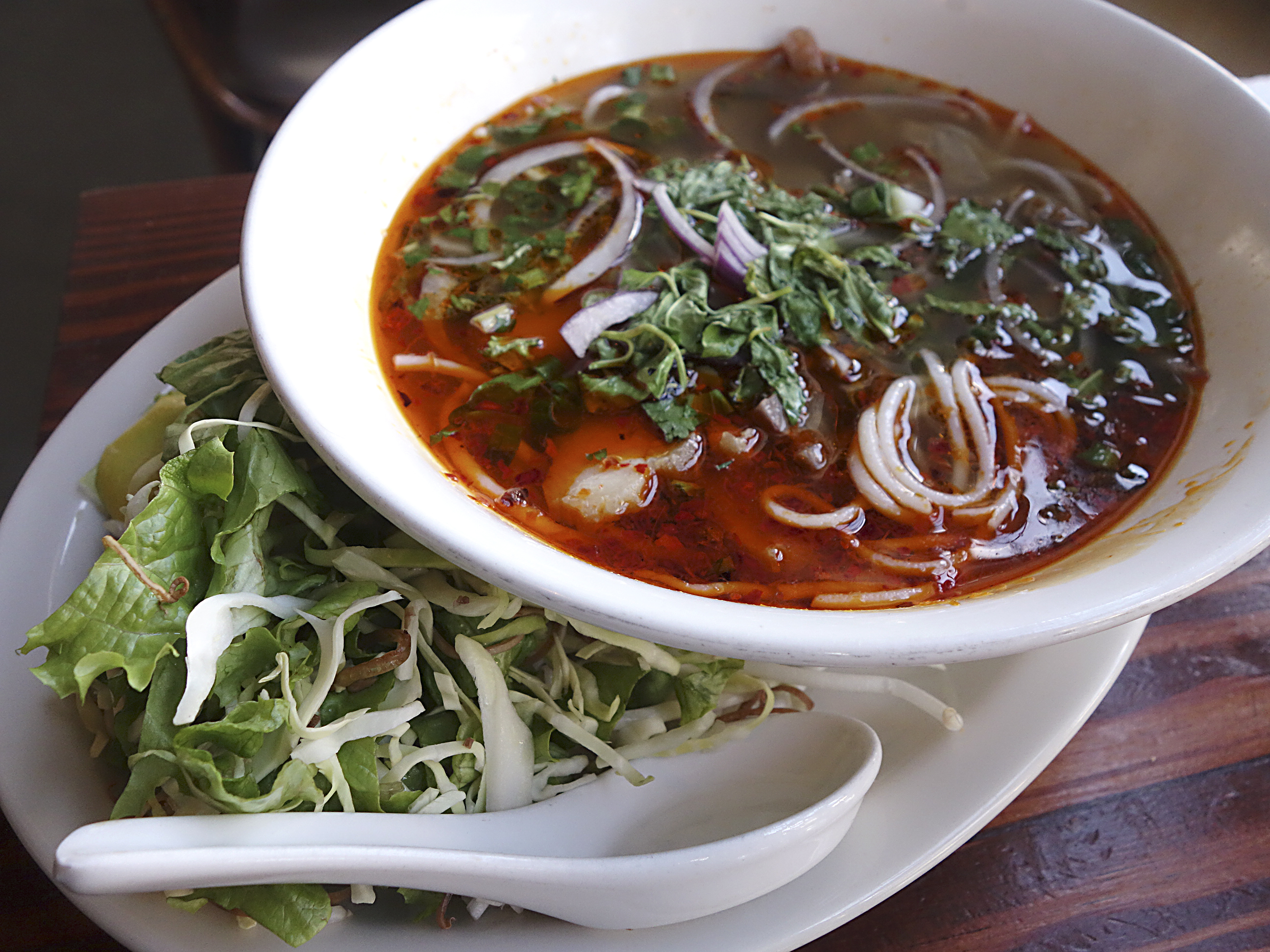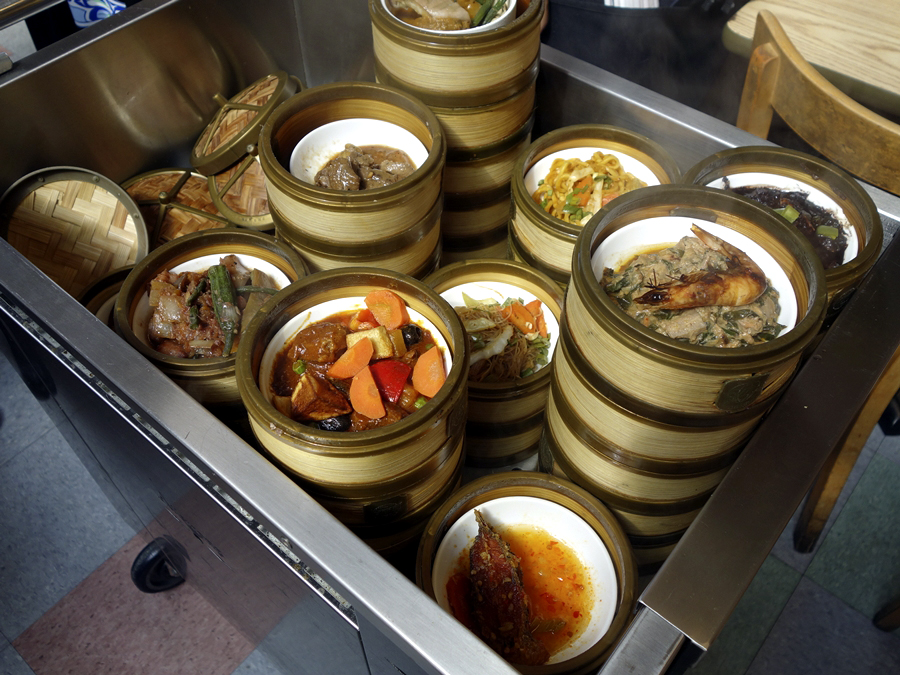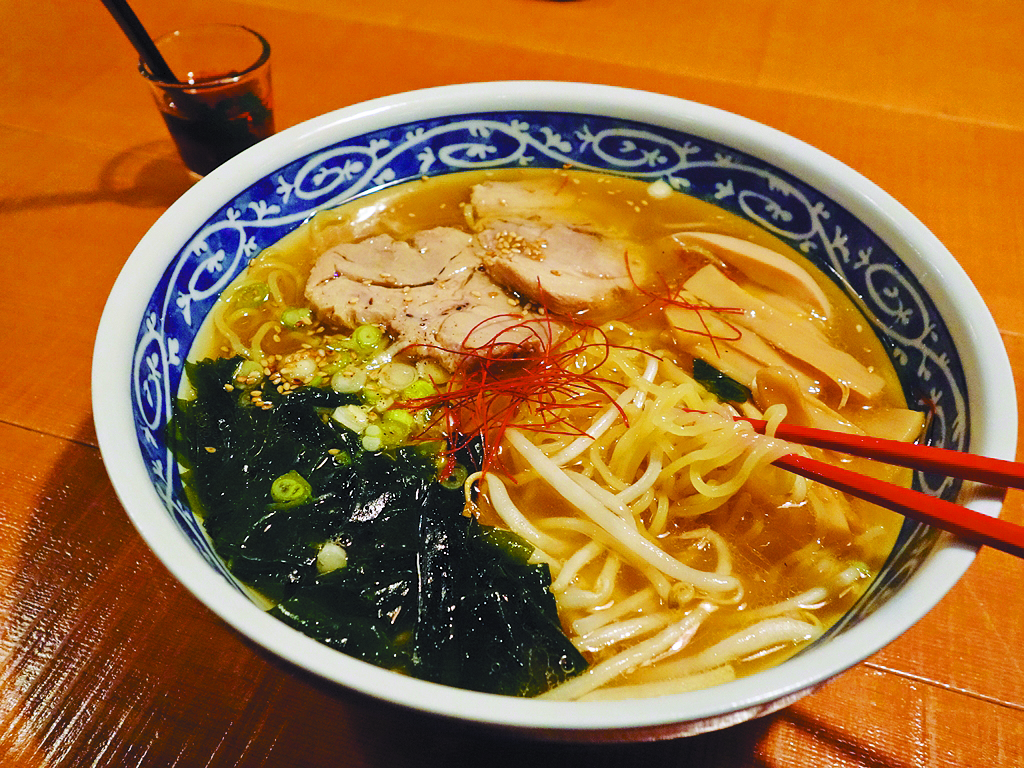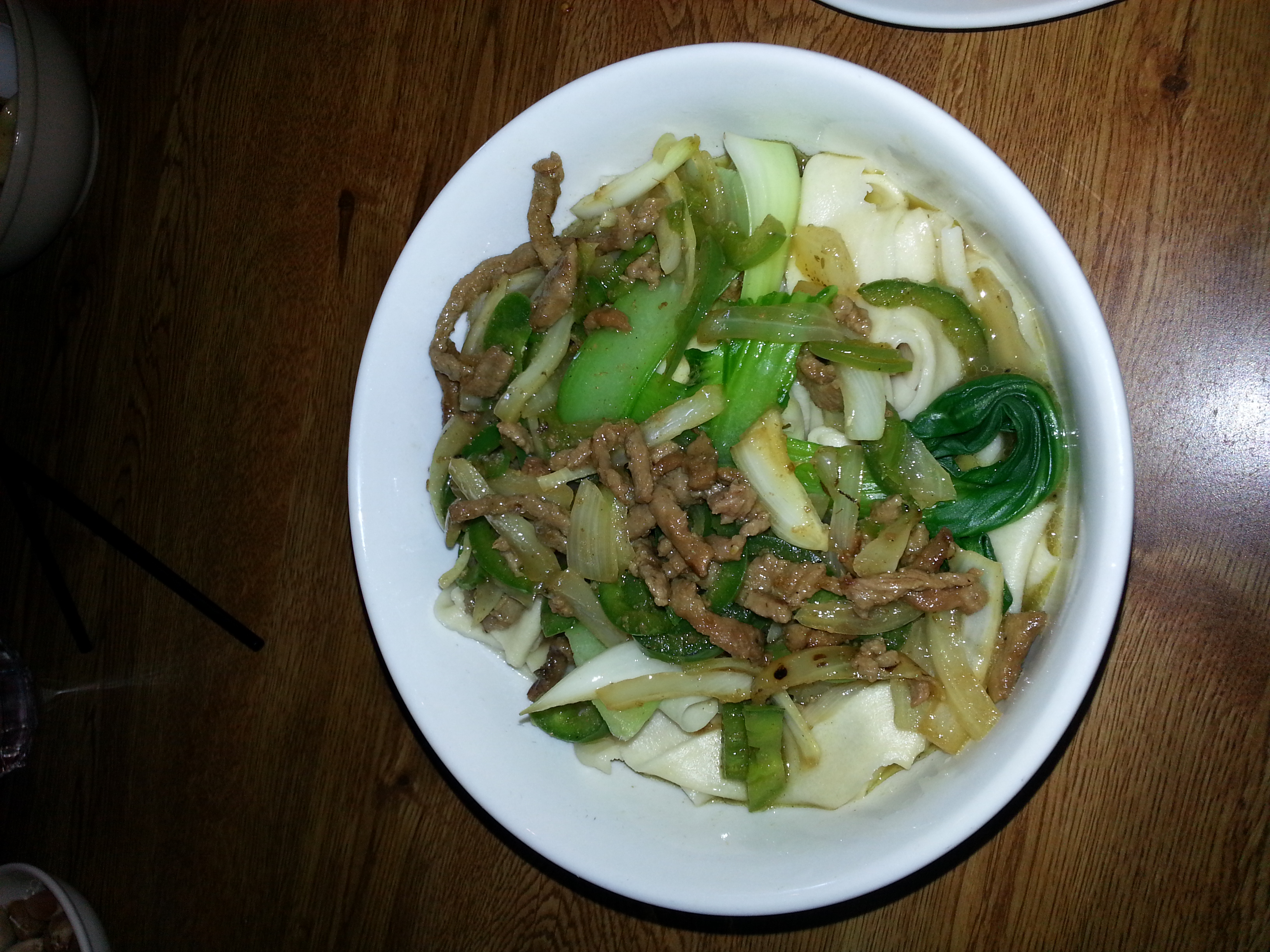You know Jay Friedman as the sex educator behind Sexy Feast, and now he’s here to share his noodle know-how. As The Mein Man, Jay will search out noodles in the Seattle area each week, giving us tips and techniques to slurp our way to satisfaction.Dish: Soba ten-zaru (“tempura on the side”)Place:
ManekiPrice: $7.95On the tray: A tangle of cold soba (made from buckwheat flour) topped with strips of dried nori (seaweed) sits on the zaru, which is a slotted bamboo tray.Supporting cast: A plate with four pieces of tempura: shrimp, zucchini, carrot, and cod. Also a smaller plate with thin-sliced green onions, daikon oroshi (grated daikon), and wasabi, as well as a cup of soba tsuyu (made in-house, typically from dashi, soy sauce, and mirin).What to do: Mix green onions, daikon, and wasabi into the tsuyu to your liking. Use your chopsticks to grab some noodles and nori, and while holding on to them, dip and swirl them in the tsuyu and then slurp them up.Noodling around: Eat at Maneki and you’re eating at an institution. There’s a reason this place has been open for 106 years. What you get might not be stellar, but it’s likely to be solid. There’s no better place to kick off my new “Mein Man” feature than Maneki, especially for a stateside version of the Japanese tradition of eating toshikoshi (year-bridging) soba. Historically, noodles on New Year’s eve were for luck and fortune; today, the length of the soba noodles represents hope for a long and healthy life.While I like the added elements, this dish is all about the flavor and texture of the noodles, which is why I prefer cold soba over hot soba. The noodles have an earthy taste and the right body for enjoyment–not firm and not mushy. Dipping allows you to control your sauce intake, and I like the little zing from the green onions, daikon and especially the wasabi. (In Japan’s best soba restaurants, the noodles are made in-house, and the freshly grated wasabi will make you reject those radioactive, fake pastes.) And how can you go wrong with a variety of crunchy tempura bites as breaks from your noodle-slurping?If still hungry: Do as many Japanese do and get an order of onigiri. Maneki offers ume and okaka (dried bonito flakes), but sake (salmon) would probably be my preferred pick.Be aware/beware: Maneki also sells hot soba noodles, served in dashi broth made with katsuobushi and konbu. You can get this soup plain, with tempura (on the side or in the soup–if you don’t mind soggy batter), or with sansai (seasonal mountain vegetables). Because of their firmer bite, I much prefer the cold noodles, which come plain (zaru) or with tempura on the side, as ordered here.







